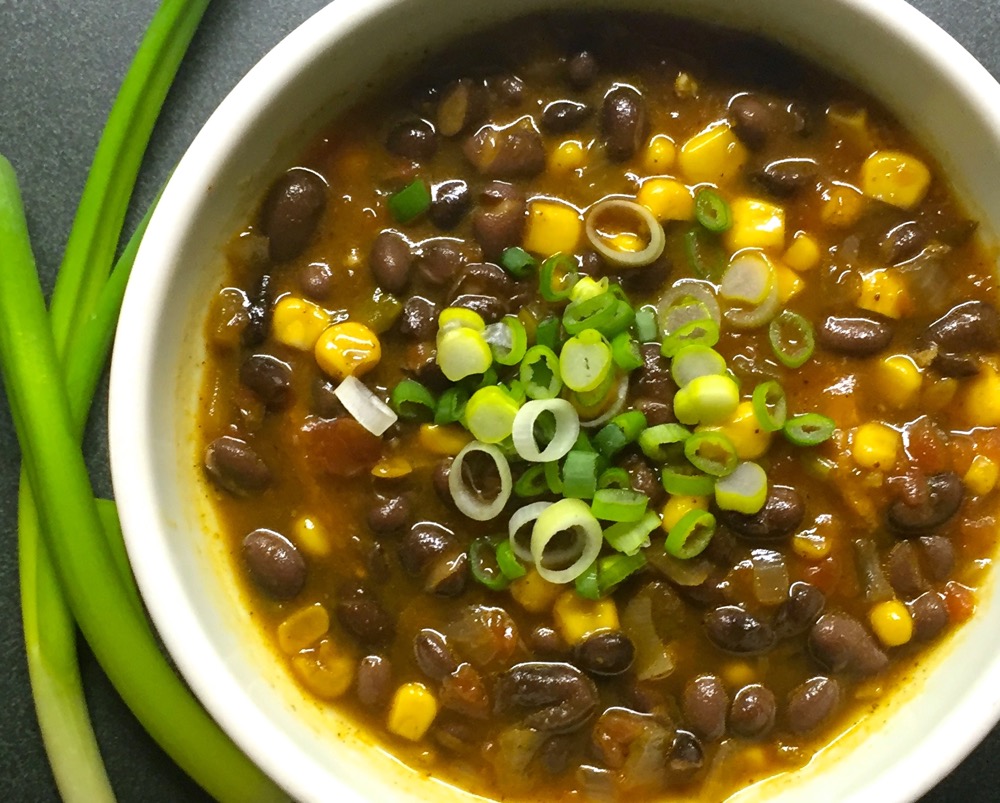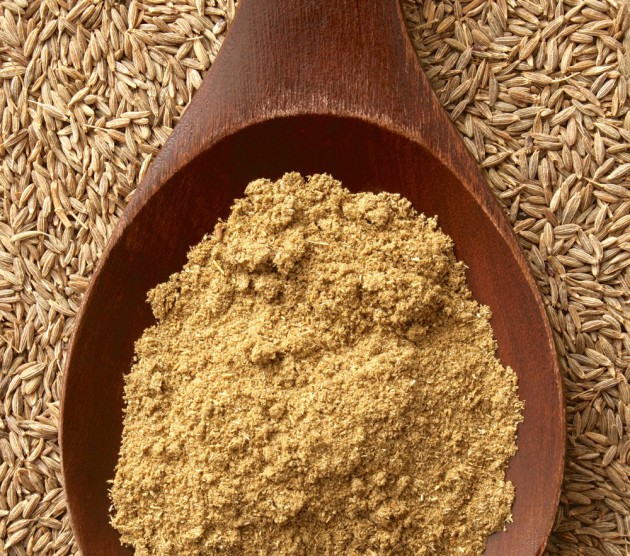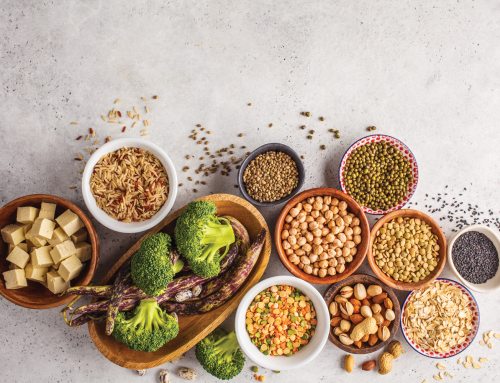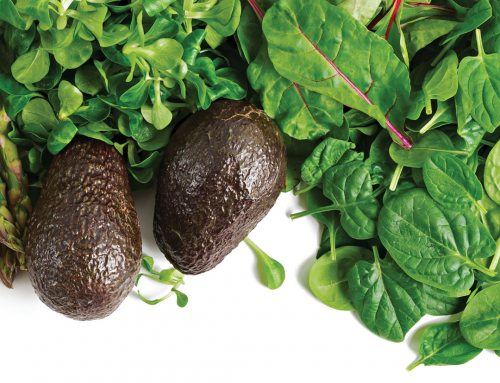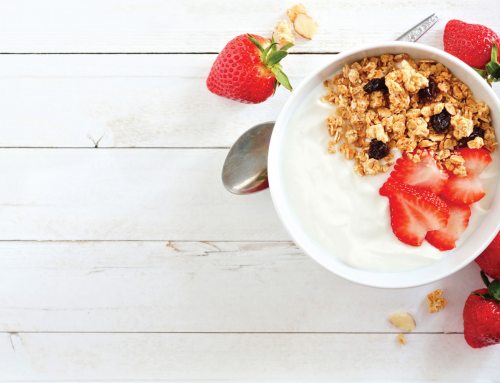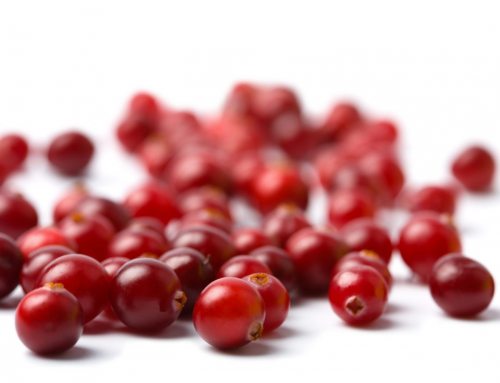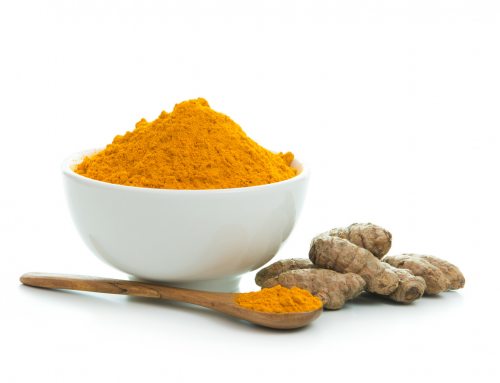By Brandon McDearis
Tortilla soup is as much a staple in the Mexican diet as tacos or salsa. The ingredients are often pretty simple, as the base usually consists of not much more than some broth, peppers, tomatoes, beans, spices, and maybe some other added protein like chicken or pork. I enjoy few things in the world as much as I enjoy authentic Mexican food. Therefore, I often cringe in disgust (or at the very least in disappointment) at many of the variations of Tex-Mex that we have managed to concoct north of the border over the last 50-plus years.
With that being said, many knock-offs of traditional Mexican can still be quite tasty. This month’s recipe is one of those reproductions that is quick, easy, healthy and delicious. It can be prepared in about 30 minutes with ingredients that you likely already have in your kitchen. The end result is a light, but filling, meal that is an excellent source or fiber, protein and vitamin A. Serves 8.
Ingredients:
- 1 tablespoon olive oil
- 1 small onion, diced small
- 2-3 cloves garlic, minced
- 1 tablespoon chili powder
- ½ teaspoon cumin
- 4 cups vegetable stock or broth
- 15oz can pure pumpkin
- 2 (14oz) cans black beans, drained and rinsed
- 1 cup corn, canned or frozen
- 1 cup medium salsa
- Salt and pepper to taste
- Dash of hot sauce
Toppings/Garnishes
- Chopped cilantro
- Sliced green onions
- Tortilla chips
- Shredded cheese
- Sliced avocado or guacamole
- Sour cream
Preparation:
- In a soup pot, sauté the onion, garlic and spices in olive oil at medium heat until it begins to soften (about 3-4 minutes).
- Add vegetable stock/broth, increase heat to high and bring to a simmer. Add pumpkin and mix thoroughly.
- Add remaining ingredients. Stir thoroughly and bring to a boil. Reduce heat to low and simmer for about 10-15 minutes, stirring often.
- Ladle soup into a bowl and garnish with any or all of the toppings/garnishes.
Nutrition Facts:
Calories: 140 / Fat: 2g / Saturated Fat: 1g / Carbohydrates: 24g / Fiber: 8g /
Protein: 6g
# # #
Brandon McDearis is the owner of Your Way Cuisine, www.yourwaycuisine.com, a personal chef and nutrition consulting business. He is also a professional wanderer that spends much of his year trotting the globe and working in places such as Alaska, Australia, and Antarctica.
Cumin
Cumin is the spice that brings the musky edge to curries and deepens the flavor of chili. It’s unique flavor complexity has made it an integral spice in the cuisines of Mexico, India and the Middle East. While cumin seeds are sometimes used whole, they are more commonly ground into powder which allows the spice to integrate more fully with other ingredients and seasonings.
Native to Egypt, cumin seeds have been cultivated in the Middle East, India, China and Mediterranean countries for millennia. It’s seeds were highly honored as a culinary seasoning in both ancient Greek and Roman kitchens. Cumin’s popularity was partly due to the fact that it was a viable replacement for black pepper, which was very expensive at the time.
But, it’s not taste alone that has made cumin a favorite spice for centuries. Cumin seeds are excellent source of iron— an integral component of hemoglobin, which transports oxygen from the lungs to all body cells. Recent research has shown that cumin may also stimulate the secretion of pancreatic enzymes, compounds necessary for proper digestion and nutrient assimilation. Cumin seeds may also have anti-carcinogenic properties as demonstrated in one study, where cumin was shown to protect laboratory animals from developing stomach or liver tumors.
Whole cumin seeds have a shelf life of at least a year if you store them in an airtight jar or container while ground cumin loses its strong flavor and aroma after a few months, even if you store it well. Grinding your own cumin from whole seeds allows you to store the whole spice in your cupboard and have it on hand when you need it, while still enjoying the flavor and texture of the ground version.


